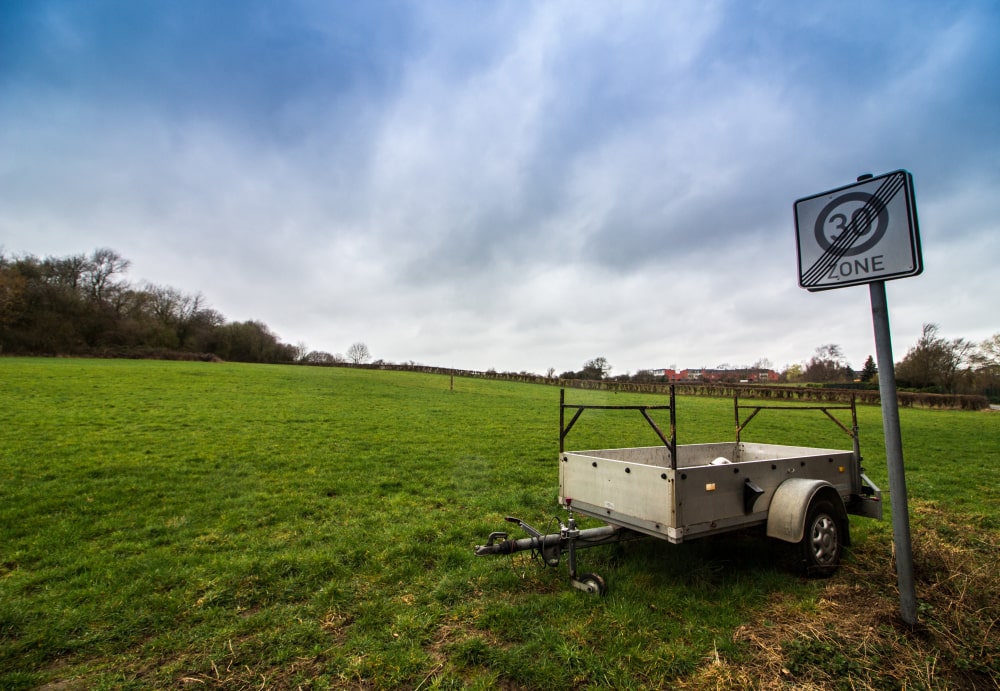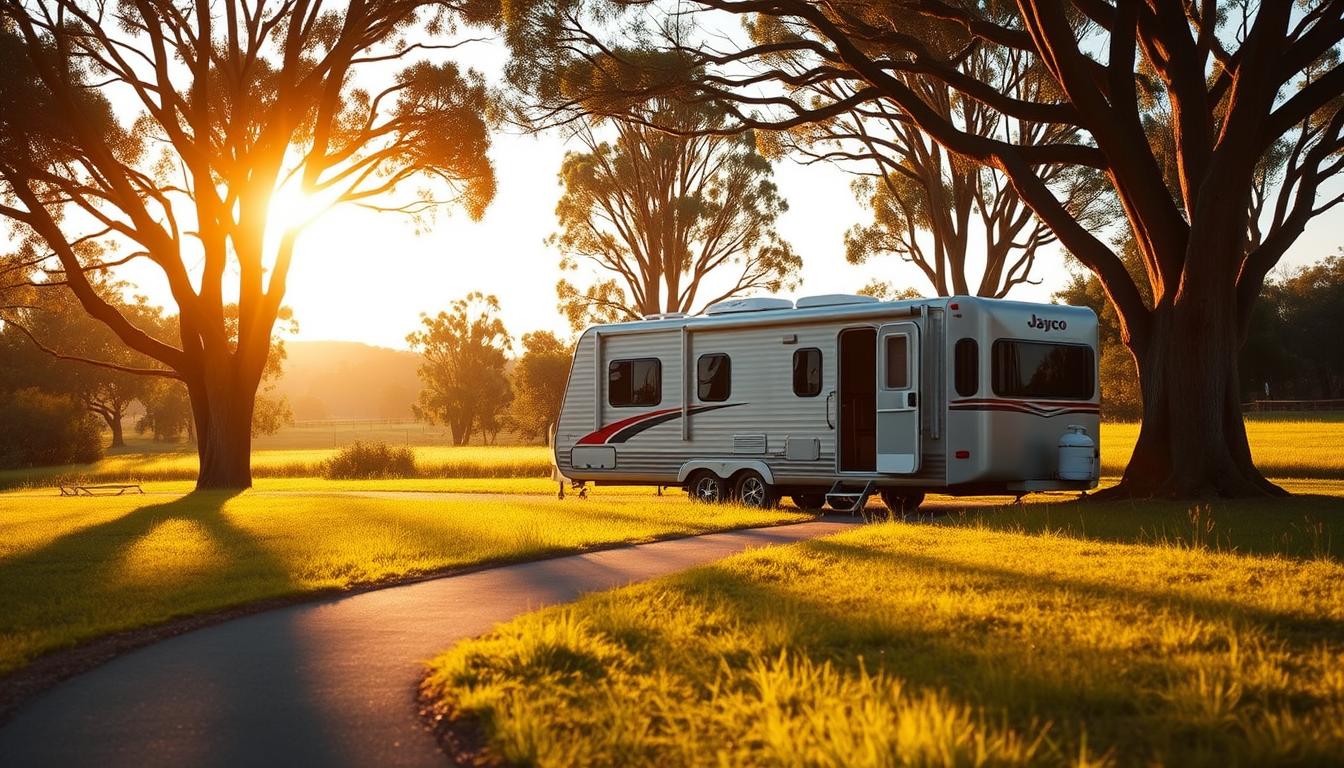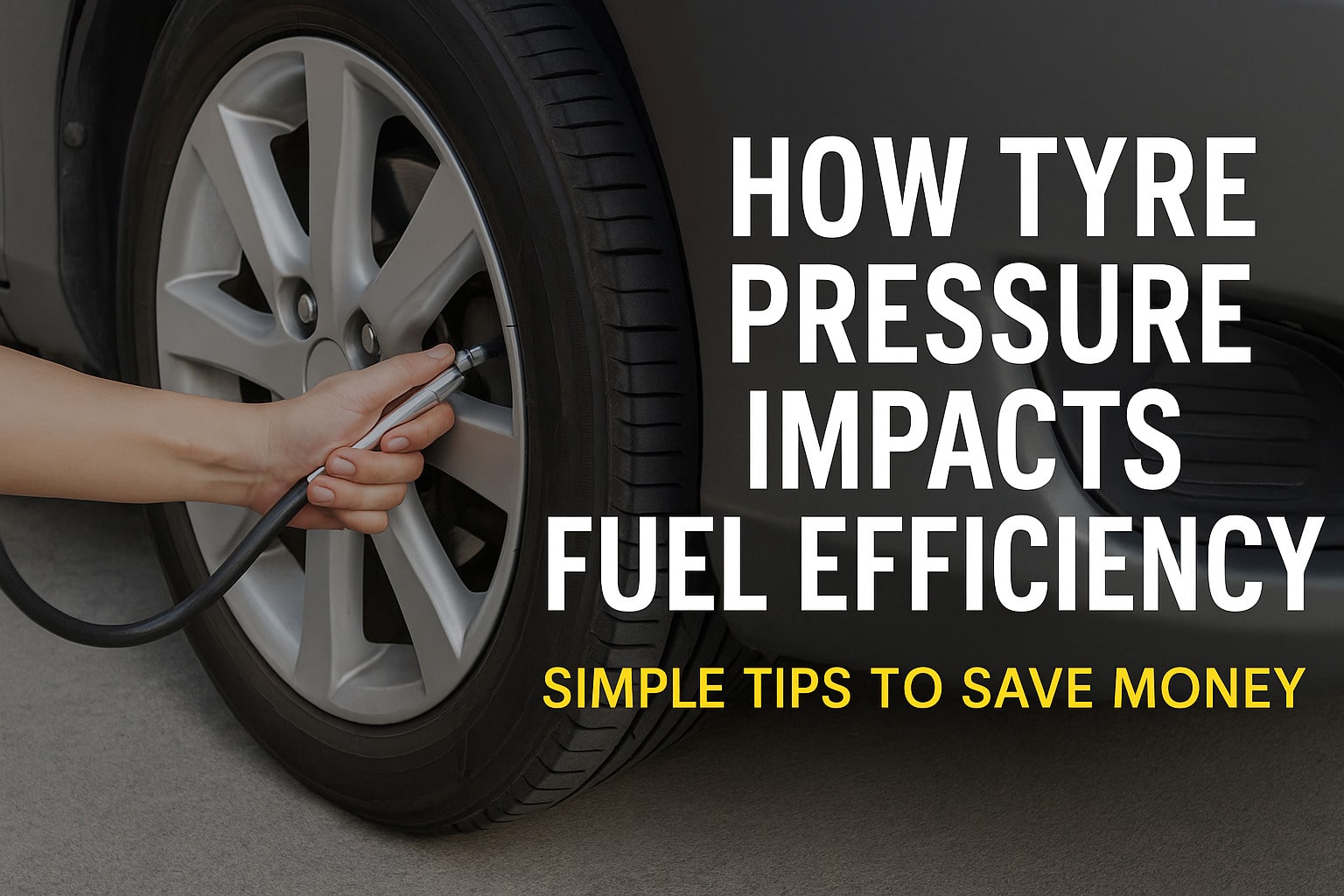The Australian automotive landscape in 2025 is undergoing a significant transformation, driven by global shifts towards electric vehicles (EVs), advancements in autonomous driving technology, and evolving consumer preferences. This year marks a pivotal moment as Australia navigates the transition towards a more sustainable and technologically advanced transportation future.
The Electric Vehicle Revolution Gains Traction
After a period of slower adoption compared to some other developed nations, the electric vehicle (EV) market in Australia is gaining significant momentum in 2025. Increased government incentives, a wider range of available models, and growing consumer awareness of environmental benefits are contributing to this surge. State and federal government initiatives, such as purchase subsidies and infrastructure investments in charging stations, are playing a crucial role in encouraging EV uptake. Information on current EV incentives and infrastructure projects can often be found on the websites of state transport authorities.
While range anxiety remains a concern for some consumers, advancements in battery technology are leading to longer driving ranges, and the expanding charging network is making EVs a more practical option for a wider range of Australians. The debate around emissions standards and the future of internal combustion engine (ICE) vehicles continues to shape policy and consumer choices.
The Rise of Autonomous Driving Technology
Autonomous driving technology is rapidly advancing globally, and Australia is closely monitoring and adapting to these developments. In 2025, while fully autonomous vehicles for widespread public use are still on the horizon, we are seeing an increasing integration of advanced driver-assistance systems (ADAS) in new vehicles. Features such as adaptive cruise control, lane keeping assist, and automatic emergency braking are becoming more common, enhancing safety and providing a glimpse into the future of autonomous mobility.
The legal and regulatory frameworks for autonomous vehicles are under ongoing development in Australia, addressing issues such as liability, insurance, and testing protocols. Trials of autonomous vehicles in controlled environments and for specific applications, such as freight transport, are likely to continue.
Changing Consumer Preferences and Mobility Solutions
Australian consumer preferences in the automotive market are also evolving in 2025. While traditional factors like price, performance, and reliability remain important, there is a growing emphasis on sustainability, connectivity, and safety features. Smaller, more fuel-efficient vehicles and SUVs continue to be popular segments.
The concept of mobility as a service (MaaS) is also gaining traction, particularly in urban areas. Ride-sharing services, car-sharing platforms, and micro-mobility options like e-scooters and e-bikes are changing how people move around cities, potentially reducing the need for individual car ownership for some.
The Future of Car Ownership and Dealerships
The traditional model of car ownership and dealerships is facing disruption in 2025. The rise of online car marketplaces and direct-to-consumer sales models from some manufacturers are challenging the established dealership network. The role of dealerships is likely to evolve, focusing more on after-sales service, maintenance, and providing expertise on new technologies like EVs.
Subscription services for vehicles are also emerging as an alternative to traditional ownership, offering flexibility and convenience.
The Automotive Industry and Local Manufacturing
While Australia no longer has a large-scale domestic car manufacturing industry, the automotive sector still plays a significant role in the economy through component manufacturing, research and development, and the aftermarket. In 2025, there is a focus on leveraging Australian expertise in areas such as battery technology and sustainable materials to participate in the global EV supply chain.
Conclusion
The Australian automotive landscape in 2025 is in a state of dynamic transition. The increasing adoption of electric vehicles, the gradual introduction of autonomous driving technologies, and changing consumer preferences are reshaping how Australians move and interact with transportation. While challenges remain in terms of infrastructure development and regulatory frameworks, the journey towards a more sustainable, connected, and technologically advanced automotive future is well underway in the fast lane of Australia.







